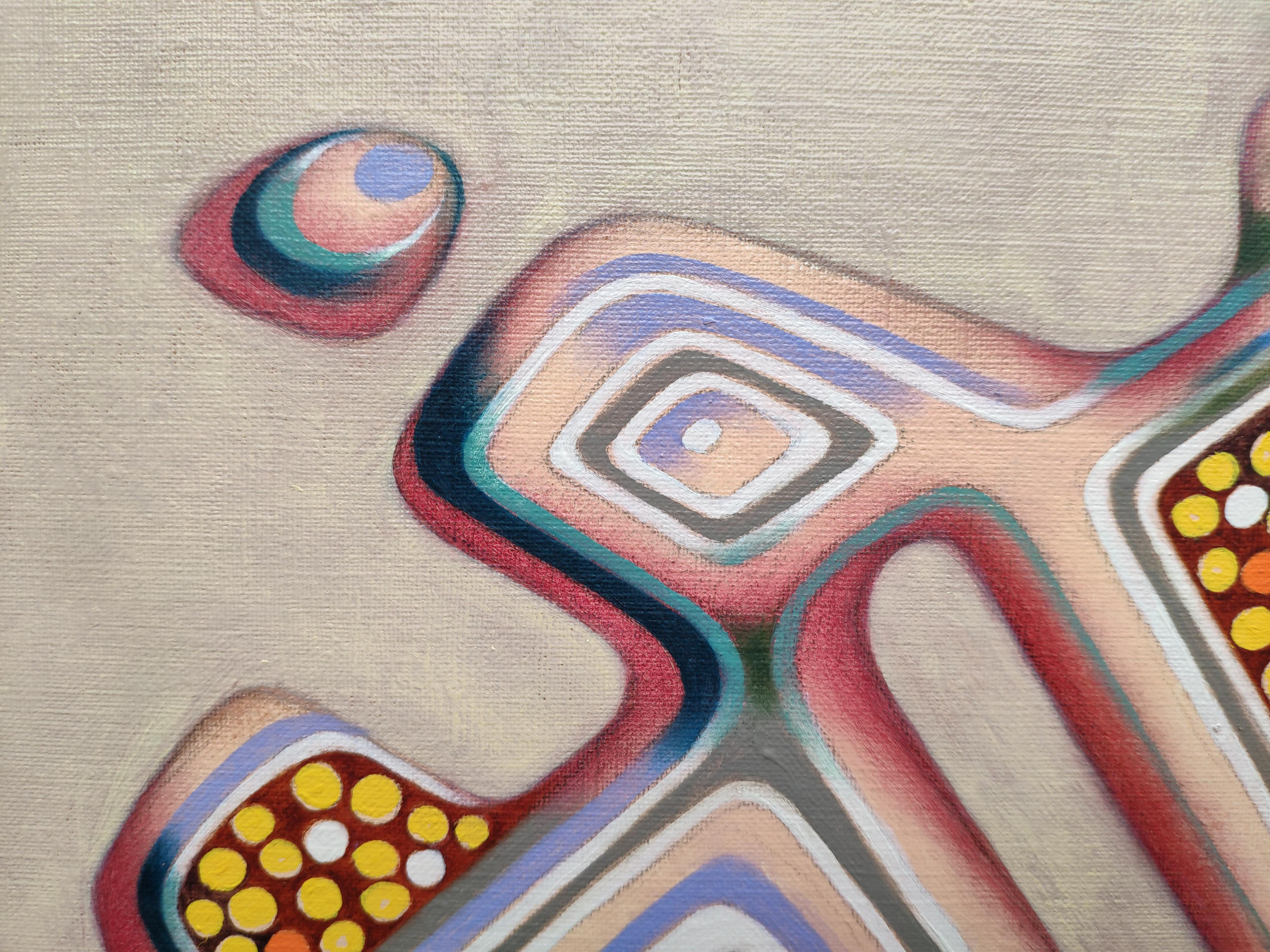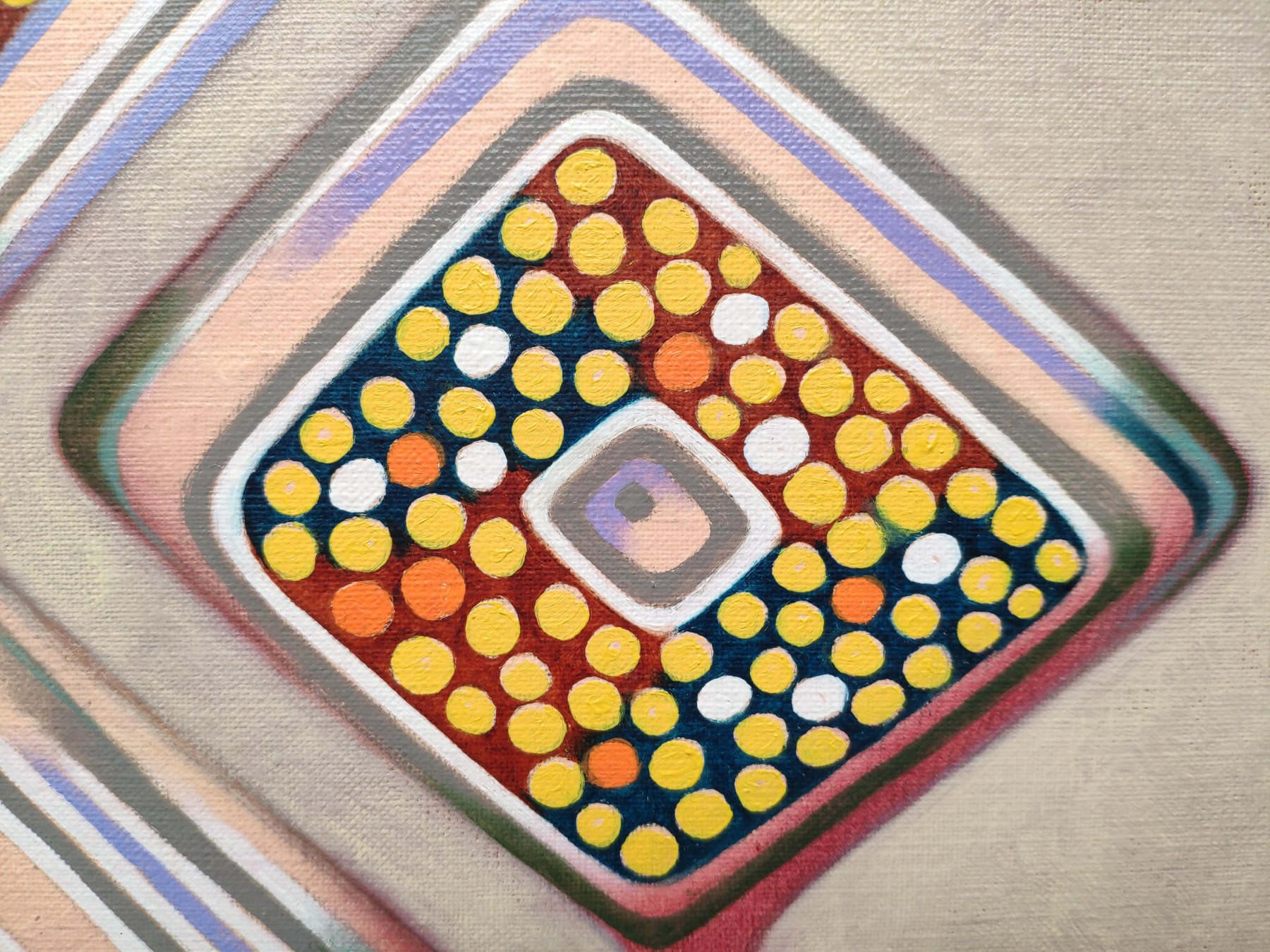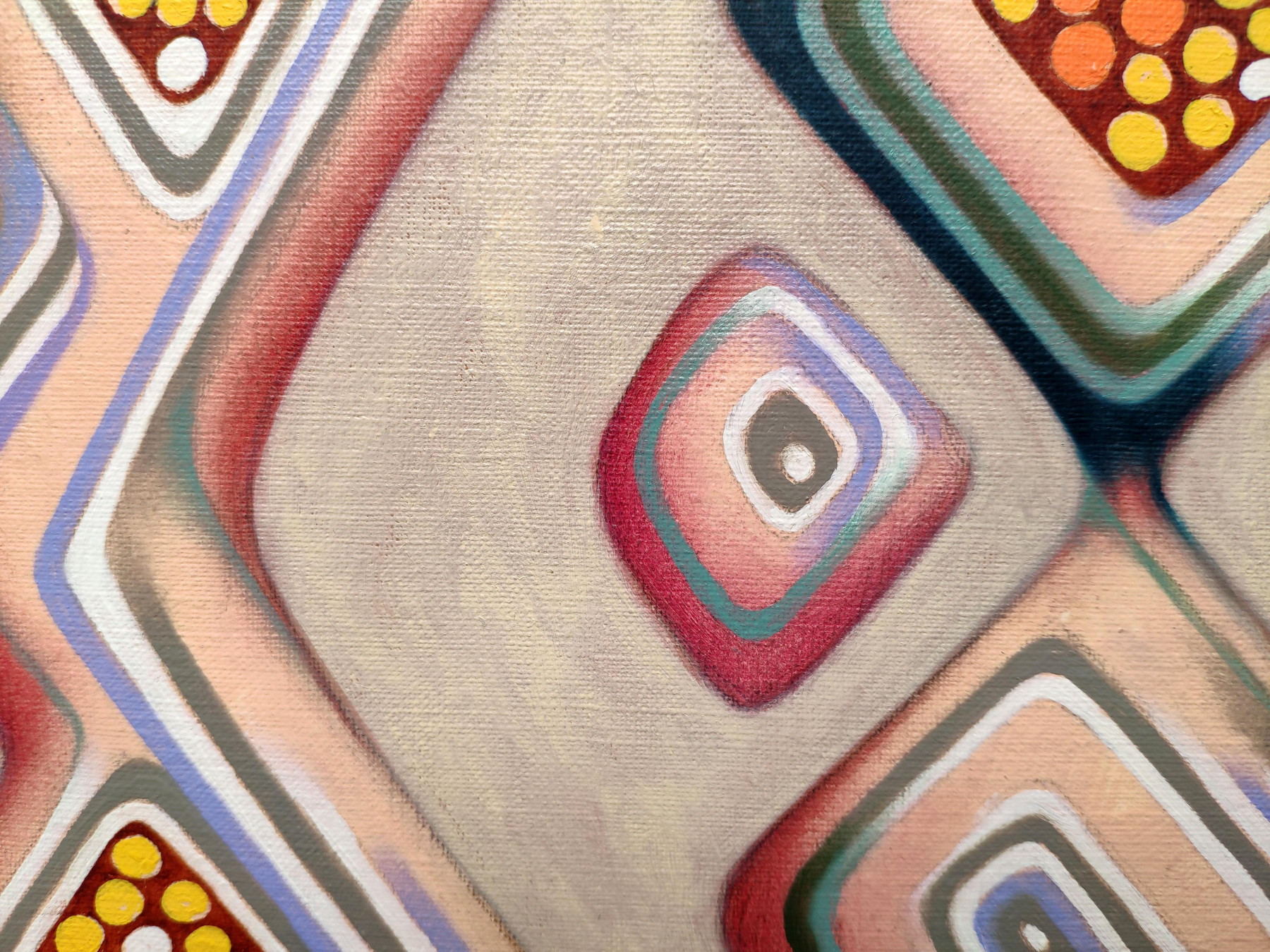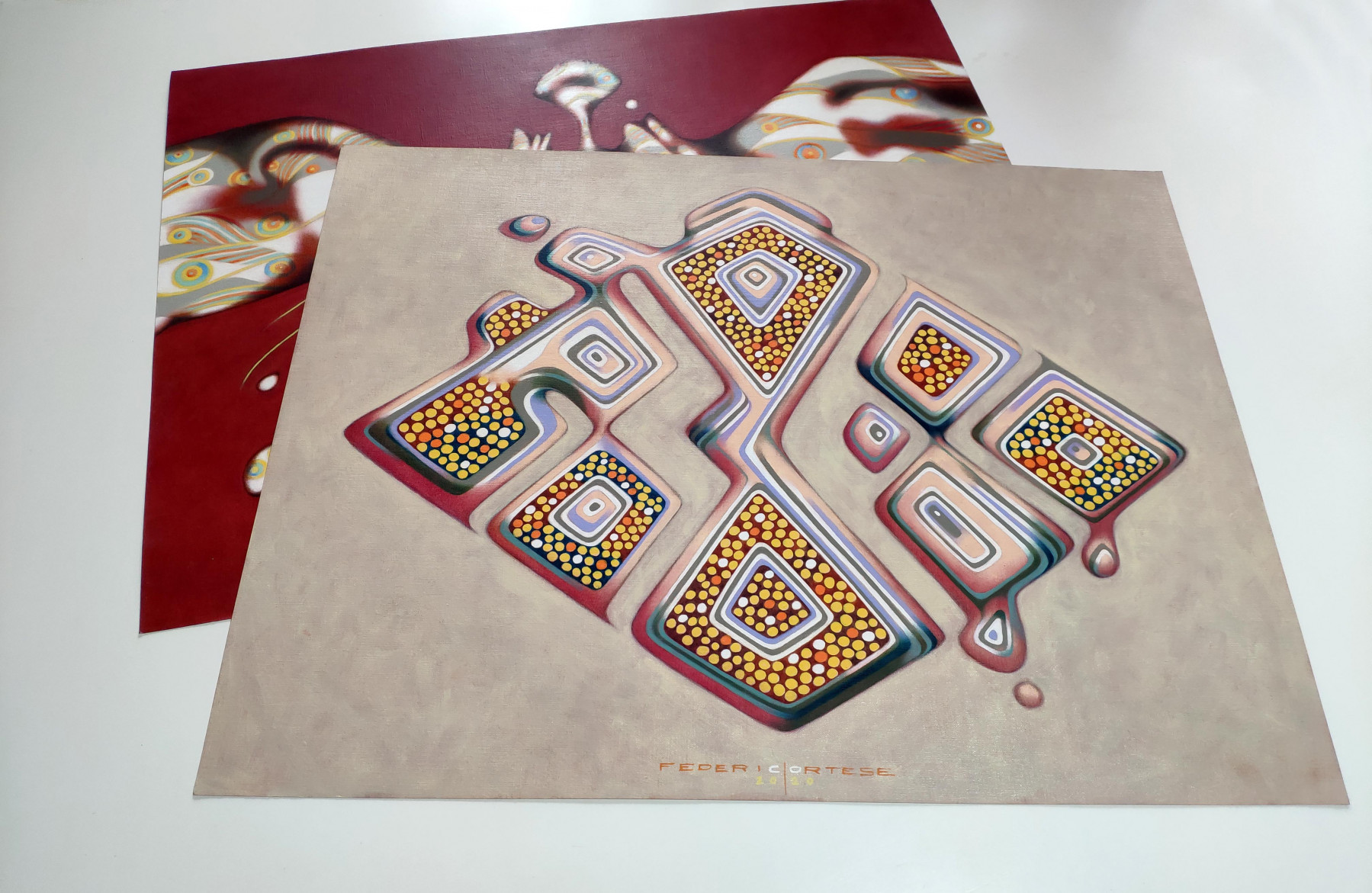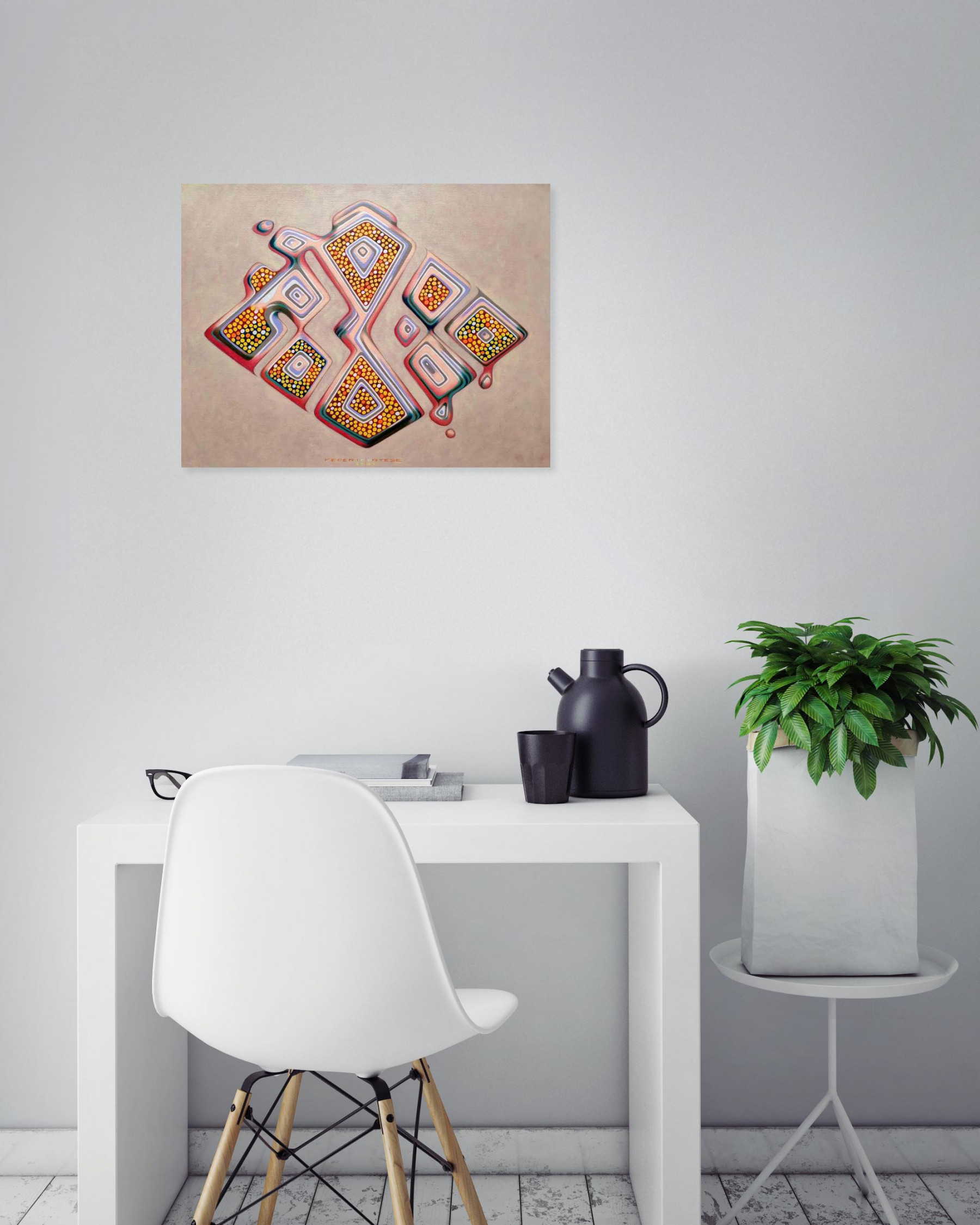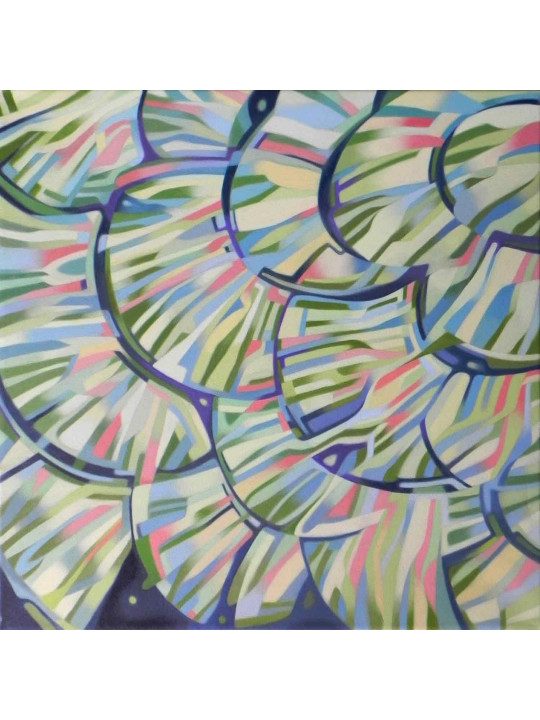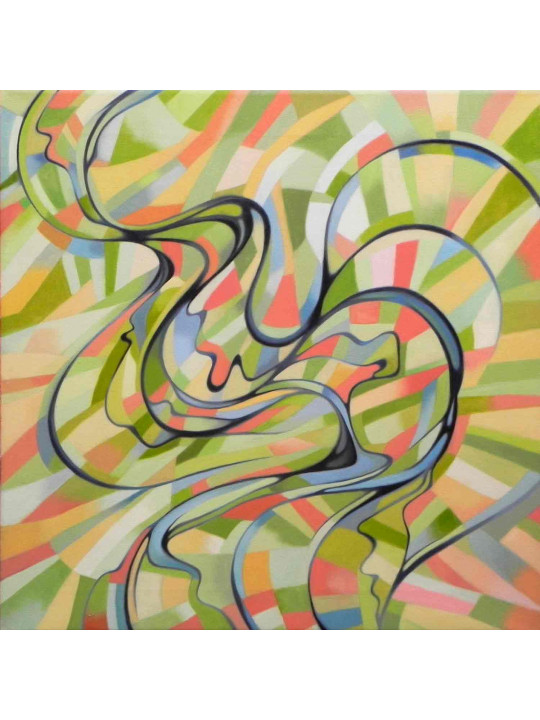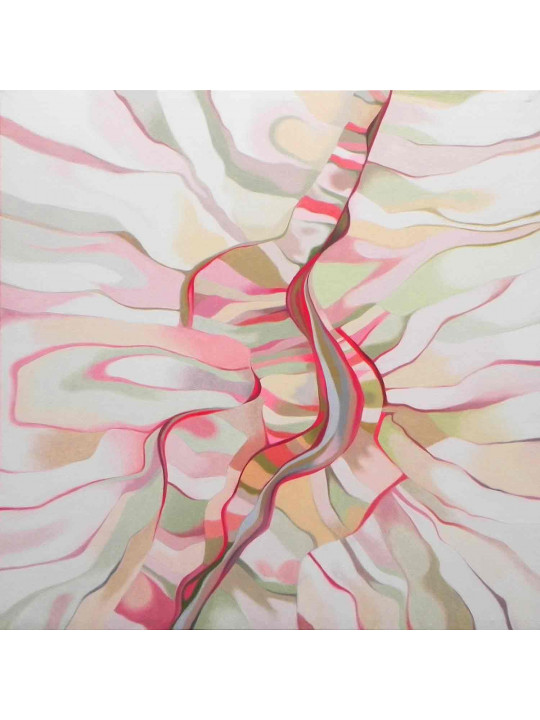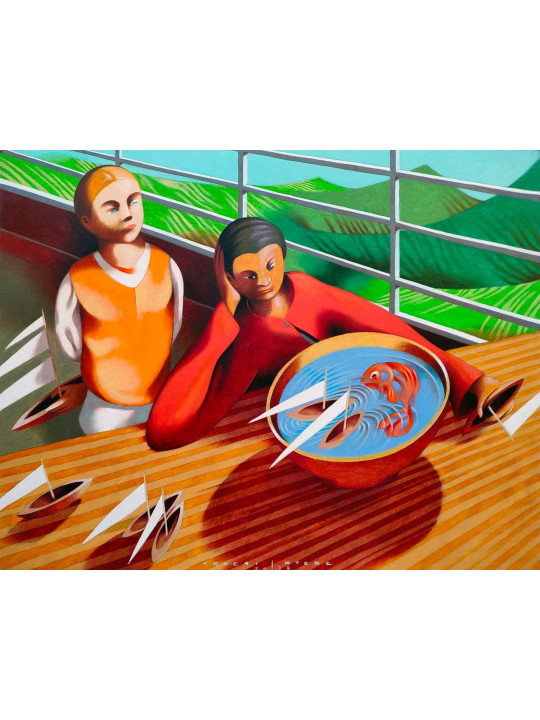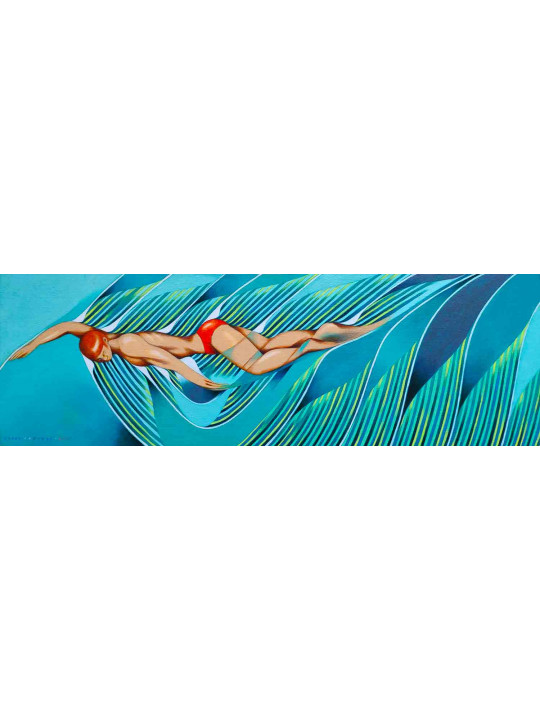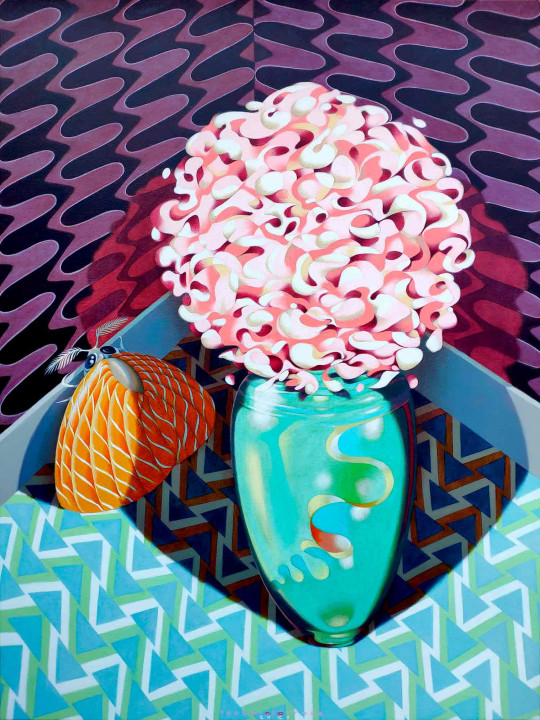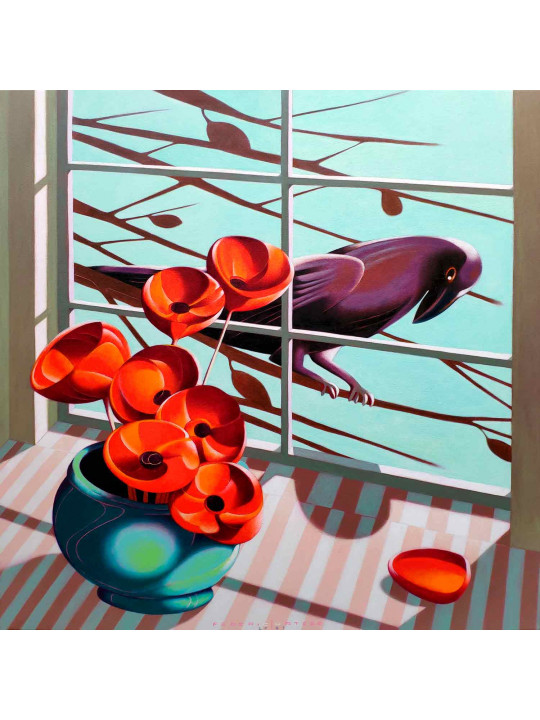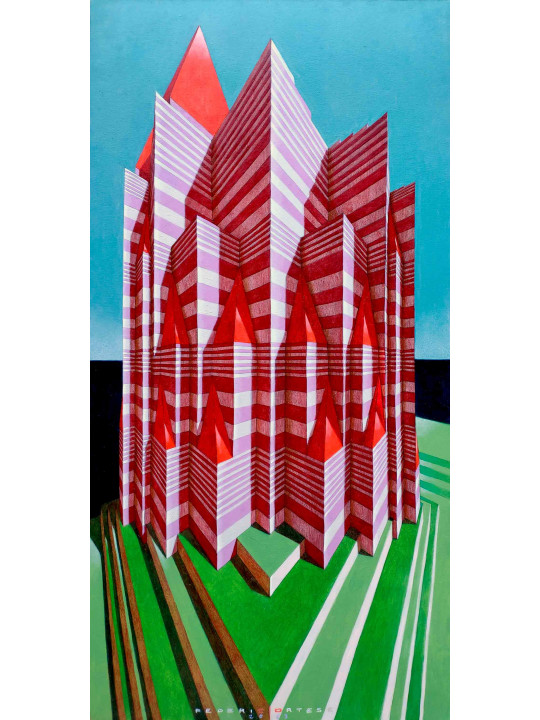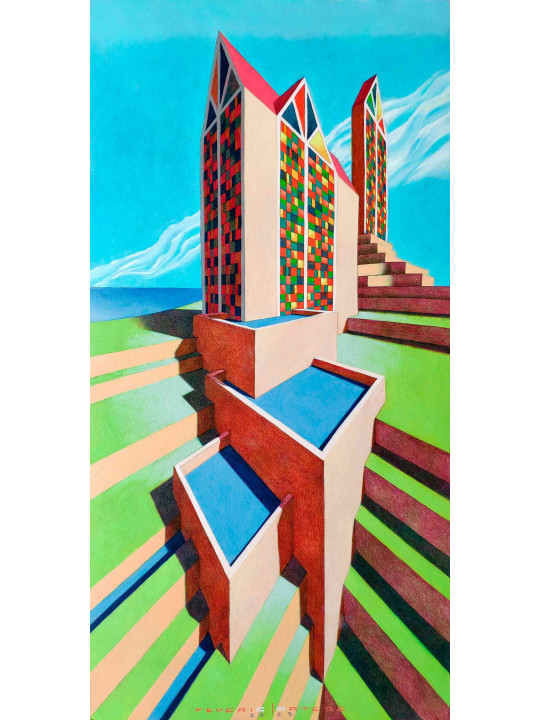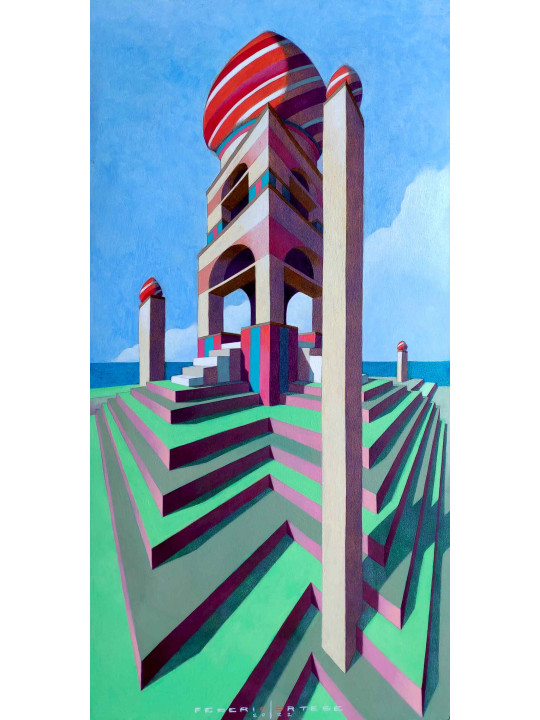I was born in 1971 in Turin, Italy, where I live and work as an artist. Since I can remember I have always drawn.
My preferred techniques are classic oil on canvas paintings, and pencil drawings. I’m like a mouse in its box. A little mouse safe in its shelter, that passes his time gnawing the food stored for the winter. But my food are the drawings. I work within my home. My studio is a room of the house in which I live. In this relatively small space are accumulated all the materials and equipment I need to draw and paint, but in a certain sense also the suggestions that inspire my work. Here are the desks and drawing boards, with brushes and paint colors, but also, on the walls or placed in closets, paintings and drawings (I think each finished work is always an inspiration for the next, in somehow). A great source of ideas are books and music, and of course the PC. The graphics programs and virtual modeling programs have become over the years a valuable support, but obviously the richest mine is the internet: a reservoir of images and ideas from which to draw, and in which we often are lost (in addition to photos of my own travels, all stored on the computer). It’s a small microcosm closed in on itself, rather impervious to the outside world (despite a large window with a beautiful view of Turin, almost always I work with the curtains closed). It is a bit as if the suggestions of the real world were allowed to enter here only after being filtered and digested, only after it has been already turned into experience. Exactly like a rat, eating quiet its supplies in its den, waiting for the end of winter.
In my artistic research I've always been attracted to all that is sortable, classifiable. Perhaps this attitude stems from a primordial insecurity, and perhaps the illusion of putting order into chaos eases this concern. To start this game is sufficient to identify a subject that lends itself to variations, and the game consists precisely in identifying the rules that form the basis of possible changes. It’s a little like discovering a new language and trying to decipher the syntax, grammar, exceptions. With these assumptions, it is easy to see that the subjects of this research can be the most different and in fact my designs range from butterfly collections to herbaria, from ancient bestiaries to manuals of anatomy, maps, human faces, hands, pornography, flags ... They are all languages having their own vocabulary, and my attempt is to isolate it and reinvent it, trying to generate new meanings. Consider for example a road map or a map. They are born with a practical, precise purpose. Some graphic conventions, signs, symbols are chosen to represent on paper all the information that the map must contain. This at the end generates an aesthetic. What happens if I isolate this technique of representation from the purpose for which it was created and alter the rules that govern it? Does it continue to convey meaning? This meaning will be new and unexpected? Or for the reader this will be meaningless, as an unknown language? My favorite painting techniques are oil paint on paper or canvas and graphite drawing. In general the work proceeds by sedimentation of successive layers, each layer adds something new, but at the same time covers something of the underlying layer.
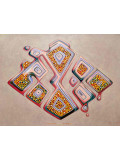
 English
English Français
Français

